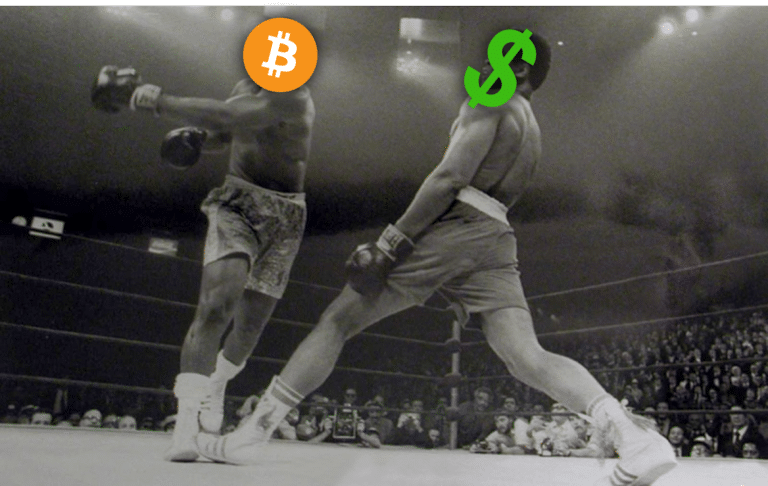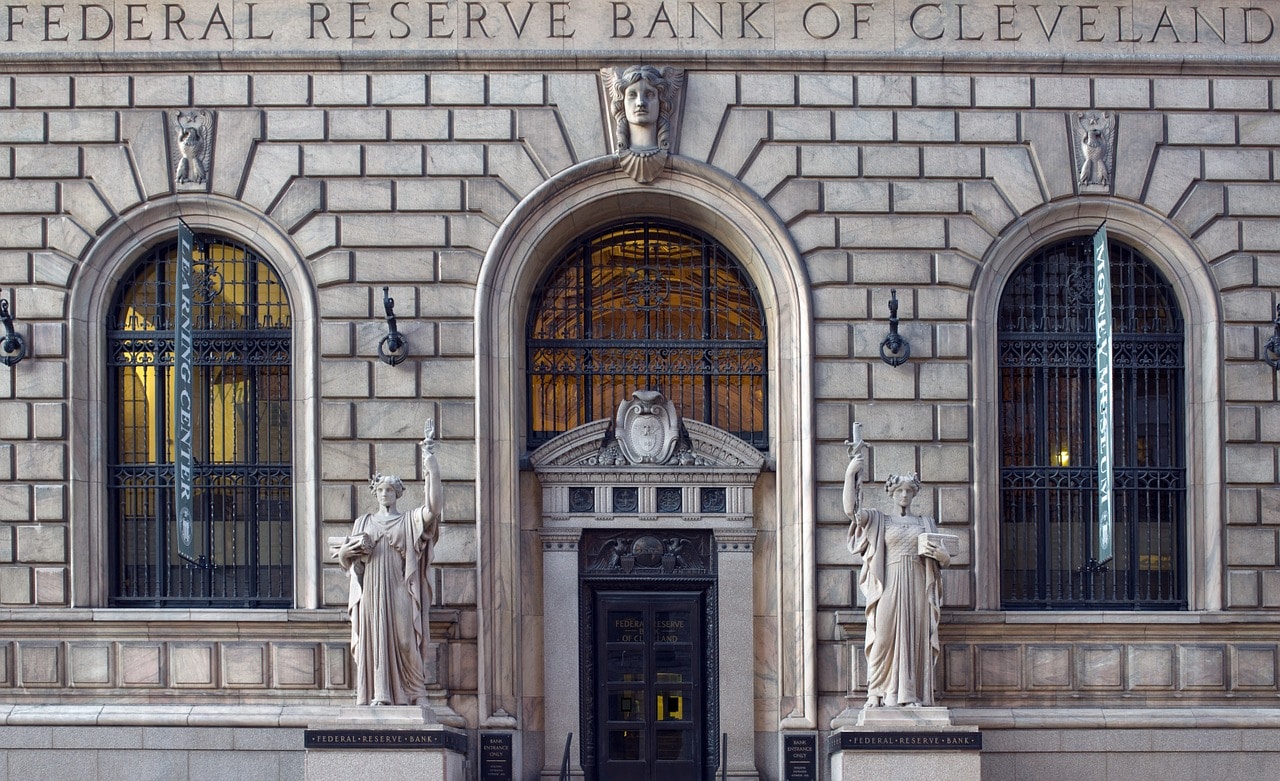Source: CoinCentral

Editor’s Note: This piece constitutes the views and opinions of the writer and does not necessarily reflect the beliefs of CoinCentral.
Bitcoin vs. fiat is more than an academic argument. It’s a fierce battle between a manipulated monetary regime and one of honest weights and measures. It’s time for you to envision the benefits of a decentralized, non-manipulated monetary system.
Out of Thin Air
Fiat currency is any medium of exchange the government deems as legal tender. A $20 bill in your pocket buys $20 worth of goods and services. It’s only paper (muslin) with ink and a special electronic doodad embedded in it. Probably costs pennies to make. It’s backed by nothing of tangible value (gold, silver, land, etc). It’s money only because the US Treasury and Federal Reserve (Fed) say it is.
From Sound Money to Broken Promises
Before 1913, only the US Congress had currency creation authority. Every new dollar was backed by gold and silver in Fort Knox. This backing of USD with gold and silver ceased on August 15, 1971. That’s when President Nixon refused to honor France’s demand for physical gold in exchange for its USD reserves. The USD has been decoupled from the gold standard ever since. Worse, the national debt is now in a nonstop, parabolic ascent.
Dialing for Dollars
When the US Treasury needs money, they give the Federal Reserve (Fed, a privately owned, for-profit corporation) a ring. Say the Treasury needs $50 billion dollars. The Fed creates an electronic checkbook with a $50 billion account balance. In exchange for the cash, the Treasury gives the Fed $50 billion dollars of Treasury bonds. You can learn more about this financial alchemy in Robert Prechter’s book, Conquer the Crash.

Taxpayers on the Hook
You’re probably wondering who pays the interest on that $50 billion batch of bonds, right? Surprise! You’re the one who pays the interest, via your US federal tax bill.
Can’t be, you say?
You need to consider this quote taken from the Grace Commission Report of 1984:
“….100 percent of what is collected is absorbed solely by interest on the federal debt and by federal government contributions to transfer payments. In other words, all individual income tax revenues are gone before one nickel is spent on the services [that] taxpayers expect from their government.”
Let’s say your Federal income tax bill is $9,000 for 2018. Most of your tax liability will pay the Fed interest on the bonds. Part of it will cover federal pension payments. None of your tax payment will pay for any government services.

